When deciding between cross-country skis and backcountry skis, it boils down to where you’ll ski and how you want to enjoy winter. Cross-country skis are lightweight and efficient, perfect for groomed trails and long distances. Backcountry skis are sturdier and wider, making them ideal for deep powder and rugged terrain. But there’s a new player in the game - Snowfeet*. Their compact, shorter skis combine portability with performance, offering a simpler, budget-friendly option for mixed terrains.
Key Takeaways:
- Cross-Country Skis: Lightweight, long, and efficient for groomed trails. Costs range from $400–$800.
- Backcountry Skis: Wider, durable, and designed for powder and steep slopes. Full setups often exceed $1,000.
- Snowfeet*: Shorter, portable skis that work with regular winter boots. Prices start at $250–$275.
If you’re looking for traditional performance, cross-country or backcountry skis are great choices. But if you want something easy to store, carry, and use, Snowfeet* might be worth considering. Let’s dive into the details.
Nordic XC Skis vs BC Skis
Main Differences Between Cross-Country and Backcountry Skis
Cross-country and backcountry skis are built with different goals in mind. Their designs cater to specific terrains and skiing styles, making the right choice essential for your winter adventures.
Design and Build
Cross-country skis, from brands like Fischer and Salomon, are made for speed and efficiency on groomed trails. They're narrow and flexible, which helps with smooth gliding but makes them struggle in deep powder or rugged conditions.
On the flip side, backcountry skis, such as those by K2 and Volkl, are built for off-trail exploration. They're wider and more durable, with full-length metal edges that grip well on icy or hard-packed snow. However, this ruggedness comes at the cost of added weight, making them less nimble.
Then there’s Snowfeet*, which flips the script entirely. Their ultra-light, compact design fits in a backpack, offering unmatched portability. The shorter length makes them incredibly easy to maneuver, proving that you don’t have to sacrifice control for convenience.
Bindings and Boot Compatibility
Bindings and boots are another big factor that sets these skis apart. Traditional setups often require specialized boots and bindings, which can get pricey. For example, cross-country skis need Nordic boots and matching binding systems, while backcountry skis typically pair with alpine touring boots and tech bindings. This level of specialization can leave you needing entirely different gear for each skiing style.
Snowfeet*, however, simplifies things. Their models are compatible with standard snowboard boots or even regular winter shoes. This not only cuts down on costs but also makes it easy to switch between different winter activities without hauling extra gear.
How They Perform on Different Terrains
When it comes to skiing, terrain plays a big role in how your gear performs. The differences between cross-country and backcountry skis become especially noticeable when you're dealing with a mix of snow conditions and terrain types.
Groomed Trails vs. Deep Snow
Cross-country skis shine on groomed trails. They’re a favorite for Nordic centers and maintained paths because their narrow design makes gliding smooth and efficient. But throw in more than 6 inches of fresh powder, and that narrow build can struggle to stay afloat.
Backcountry skis, on the other hand, are built for powder. Their wider design helps them float in deep snow, making them a better choice for off-trail adventures. The trade-off? That extra width can make them feel clunky and less responsive on neatly groomed trails.
Now, here’s where Snowfeet* changes the game. Thanks to their compact design, they handle both groomed trails and deep snow with ease. Sure, you might lose a bit of glide efficiency on perfectly groomed paths, but the versatility they offer is worth it. You can seamlessly switch from packed trails to off-trail powder without needing a second set of gear. It’s this adaptability that makes them stand out, especially when you hit steeper, more challenging terrain.
Hills and Mountain Terrain
Once you’re tackling hills or mountain slopes, the design of your skis becomes even more crucial. Backcountry skis, like those from Salomon paired with Marker bindings, are excellent for descents. Features like full-length metal edges and wider platforms give you solid control when heading downhill. But that same design can make uphill climbs a bit of a slog.
Cross-country skis are lighter, which makes them better for climbing. However, they often lack the edge control needed for steeper slopes. This can leave you walking down hills that might otherwise be skiable with more suitable equipment.
Snowfeet* WALKSKI Backcountry Touring Skis offer a middle ground. At just 100cm long, they’re easy to control on descents and light enough to make uphill travel less of a workout. Their shorter length also helps you avoid snagging on obstacles, and they’re compact enough to fit into a regular backpack. That portability is a big plus when you’re navigating rugged terrain, dealing with rock scrambles, or crossing rivers.
For mixed alpine terrain - think packed snow, powder, and icy patches - the agility of shorter skis like Snowfeet* often beats the theoretical advantages of longer skis. They let you make quick direction changes, handle tight spaces with ease, and maintain better balance on unpredictable surfaces. It’s all about versatility and control when the terrain keeps you guessing.
sbb-itb-17ade95
Comparison Table: Traditional Skis vs. Snowfeet*

Complete Comparison Chart
| Feature | Traditional Skis (e.g., Rossignol, Atomic, Head) | Snowfeet* Products |
|---|---|---|
| Length Range | 59–75 inches (150–190+ cm) | 15–47 inches (38–120 cm) |
| Weight per Pair | 8–12+ lbs | Much lighter than 8–12+ lbs |
| Transport | Needs ski bags or roof racks | Fits easily in a backpack |
| Storage Space | Requires a large closet or garage | Takes up very little space |
| Learning Curve | Takes weeks to months to learn the basics | Basics can be learned in just hours |
| Equipment Cost | $300–$1,500+ | $150–$690 |
| Footwear | Requires specific ski boots | Works with winter shoes, snowboard boots, or ski boots |
| Terrain Flexibility | Best for groomed slopes | Great for slopes, parks, backyards, and trails |
| Maneuverability | Moderate turning radius | Excellent for quick, sharp turns |
This table lays out the key differences in a way that's easy to digest. It’s clear that Snowfeet* products cater to a different kind of skier - someone who values portability, simplicity, and versatility.
Traditional skis are fantastic for those dedicated to specific conditions like groomed slopes, but they come with the trade-offs of heavy gear, specialized boots, and significant storage needs. Snowfeet*, on the other hand, pack down small enough to fit in a backpack, making them perfect for quick adventures, urban exploration, or even remote trails. Plus, they’re much easier on the wallet and quicker to learn, opening up skiing to a wider audience without the usual hassle.
How to Choose the Right Skis for Your Adventures
Who Should Pick Cross-Country, Backcountry, or Snowfeet* Skis?
Choosing the right skis comes down to where you’ll ski, how often you’ll go, and the kind of experience you’re after. If you’re someone who loves gliding along groomed trails and covering long distances efficiently, traditional cross-country skis are your go-to. They’re perfect for dedicated athletes who enjoy the rhythm and challenge of long tours.
Backcountry skis, on the other hand, are built for those who crave adventure in untouched terrain. Think deep powder and steep slopes. But keep in mind, they require a bigger commitment - not just in skill but also in gear, like specialized boots and bindings.
Then there’s Snowfeet*. These are a game-changer for anyone looking for a more spontaneous and low-maintenance way to enjoy winter sports. Snowfeet*’s 35-inch NORDIC skis are compact enough to fit in a backpack, making them perfect for quick trips to local parks, neighborhood hills, or nearby trails after fresh snowfall.
What really sets Snowfeet* apart is how easy they are to use. While traditional skis often take weeks of practice to master, most people can get the hang of Snowfeet* within an hour. This makes them a great option for busy professionals, parents, or anyone who wants to jump into winter fun without a steep learning curve.
Plus, their lightweight, portable design means you can hike to remote spots without lugging heavy gear. Whether you’re chasing solitude or just want to keep things simple, Snowfeet* offers a fresh way to embrace the season.
Why Snowfeet* Changes the Game
Snowfeet* shines because of its unmatched versatility. Traditional skis are usually designed for specific conditions - cross-country skis thrive on groomed tracks, and backcountry skis are all about powder and steep terrain. Snowfeet*, however, works across the board. Whether you’re on groomed slopes, park features, local hills, or forest trails, these skis adapt, giving you one tool for all kinds of winter adventures.
Another big plus? Their compact size. Unlike traditional skis that need a lot of storage space or special racks, Snowfeet* skis are small enough to fit in a backpack. This is a huge win for apartment dwellers, frequent travelers, or anyone tight on storage space.
And let’s talk about cost. Snowfeet* products range from $150 to $690, making them a more wallet-friendly option compared to traditional setups, which often climb past $1,000.
Snowfeet* also strips away the hassle of traditional skiing. Forget checking trail conditions, scheduling trips, or dealing with crowded resorts. With Snowfeet*, any snowy hill can become your personal playground, turning every snowfall into an instant adventure.
FAQs
How do cross-country skis, backcountry skis, and Snowfeet perform on different terrains?
Cross-country skis are perfect for flat or gently rolling terrain, especially on groomed trails. Their lightweight build and smooth gliding make them a go-to for those who enjoy covering long distances with ease. On the other hand, backcountry skis are built for tougher conditions. They're wider and sturdier, giving you better grip and stability when tackling deep snow or uneven terrain far from maintained trails.
Then there’s Snowfeet - a compact, hybrid option that blends skiing with skating. Unlike traditional skis, Snowfeet are small, lightweight, and super portable, making them easy to carry and use. They’re great for a mix of terrains, from snowy trails to slopes, and offer a hassle-free way to enjoy winter fun without lugging around bulky gear. If you’re after something fun, simple, and versatile, Snowfeet might just be your new favorite winter companion.
How does the cost of Snowfeet compare to traditional skiing equipment, and what should I consider when planning my winter sports budget?
When it comes to winter sports, traditional skiing gear can take a hefty chunk out of your wallet - think $1,500 to $3,000 for a full setup. If that sounds steep, there's a more budget-friendly option: Snowfeet. Their gear starts at just $150, making it a game-changer for anyone looking to hit the slopes without breaking the bank. For instance, the Snowfeet Short Skis are priced at $690, while the Snowfeet PRO comes in at just $199.
But it’s not just about the price. When planning your winter adventures, you’ve got to think about more than just the upfront cost. Snowfeet gear is super lightweight, easy to carry, and works on a variety of terrains. Whether you're tackling packed snow or exploring trails, these compact little wonders deliver big on convenience and performance - without burning a hole in your pocket.
Are Snowfeet a good choice for beginners, and how do they compare to traditional skis in terms of learning curve?
Snowfeet are a fantastic option for beginners, offering a much easier learning curve compared to traditional skis. Their compact size and lightweight build make them super easy to manage, helping you stay balanced and in control. This means you'll likely feel more confident hitting the slopes right from the get-go.
Another bonus? Snowfeet allow for quicker, more responsive turns - perfect for those just starting out. Unlike traditional skis, which can feel a bit clunky or overwhelming, their shorter length minimizes the chance of catching an edge. This makes them a forgiving choice, ideal for anyone dipping their toes into winter sports. If you're seeking a fun, beginner-friendly alternative to skis, Snowfeet are definitely worth considering.







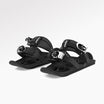
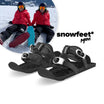
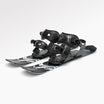
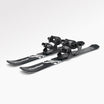

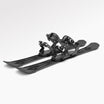

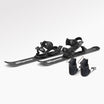







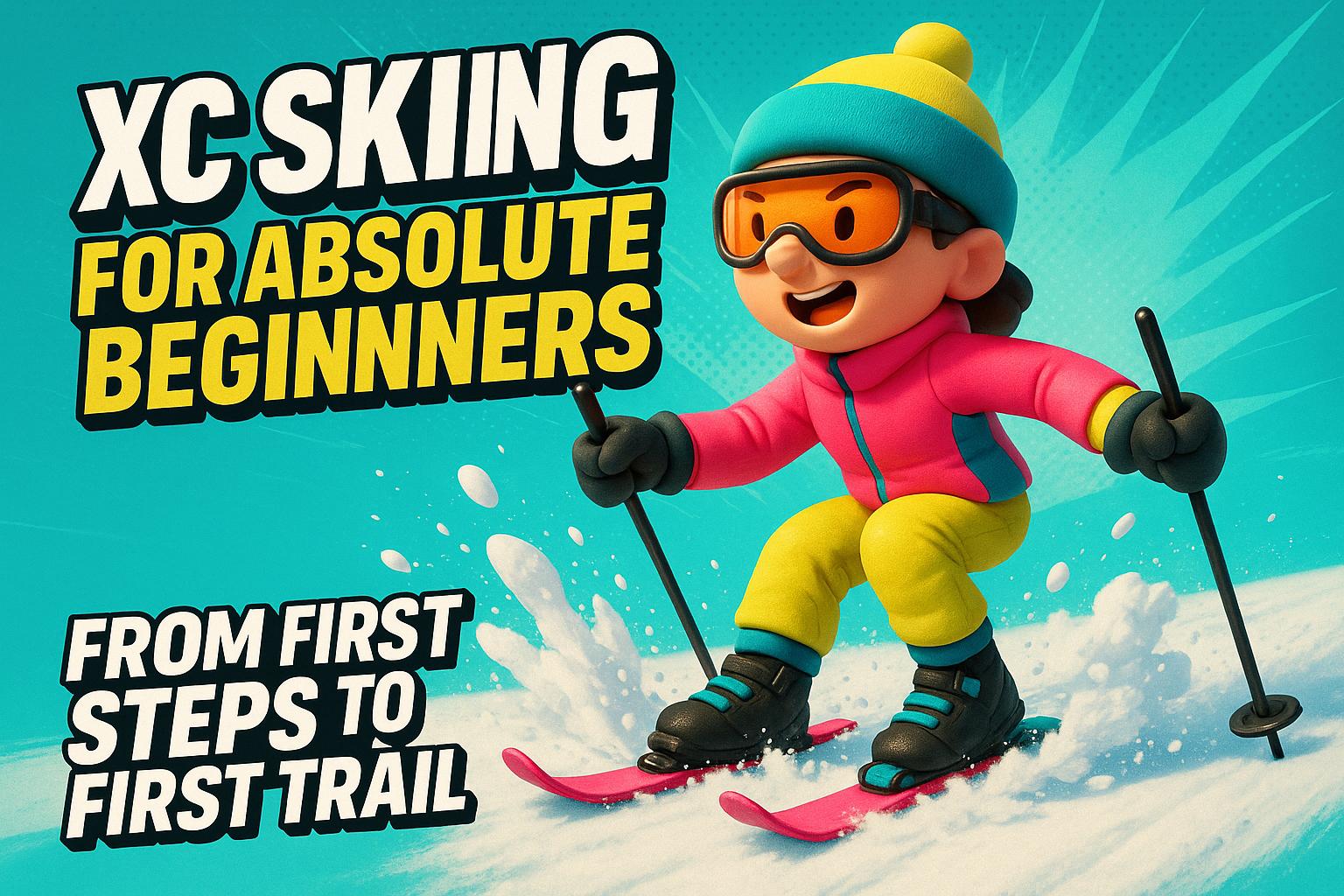
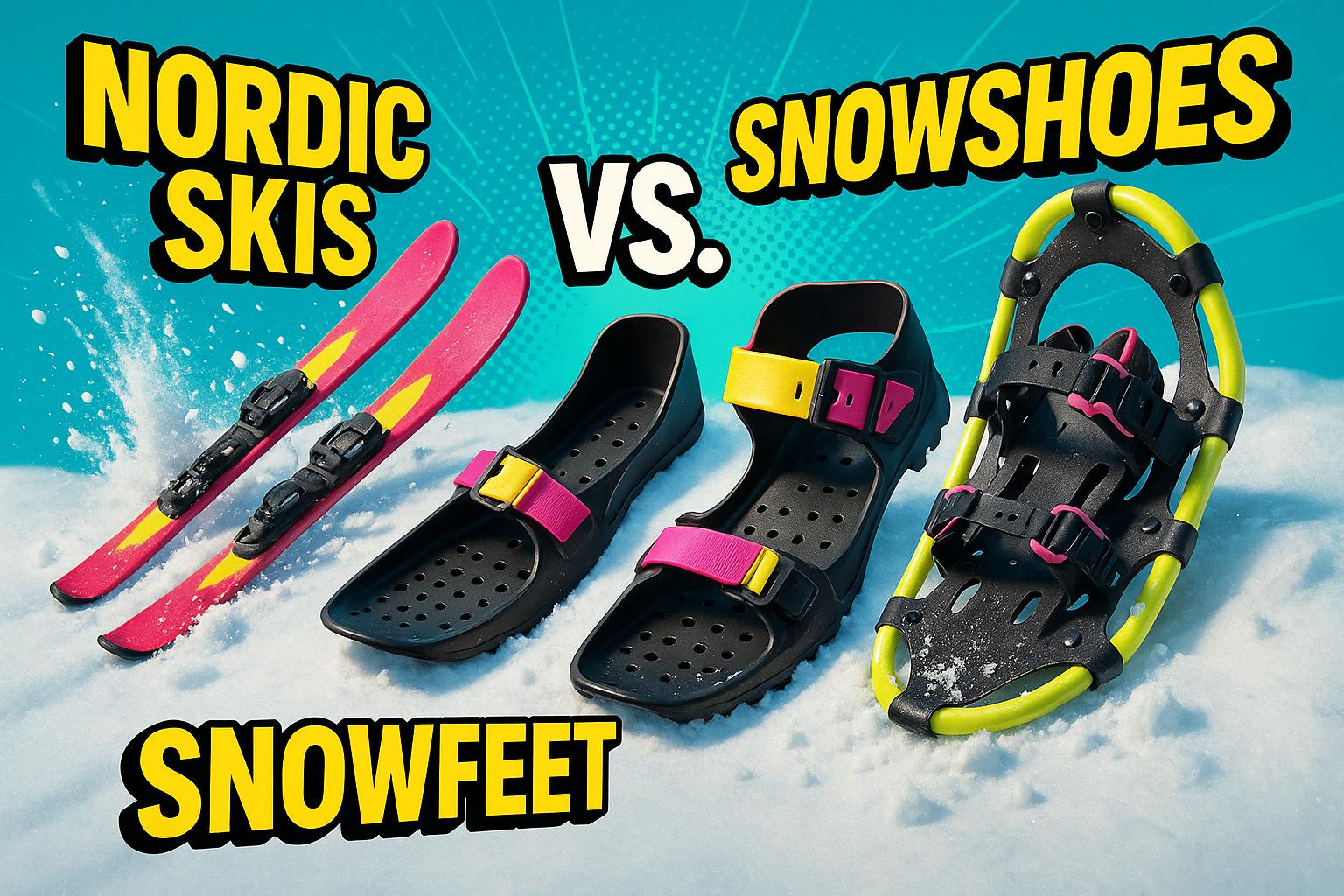




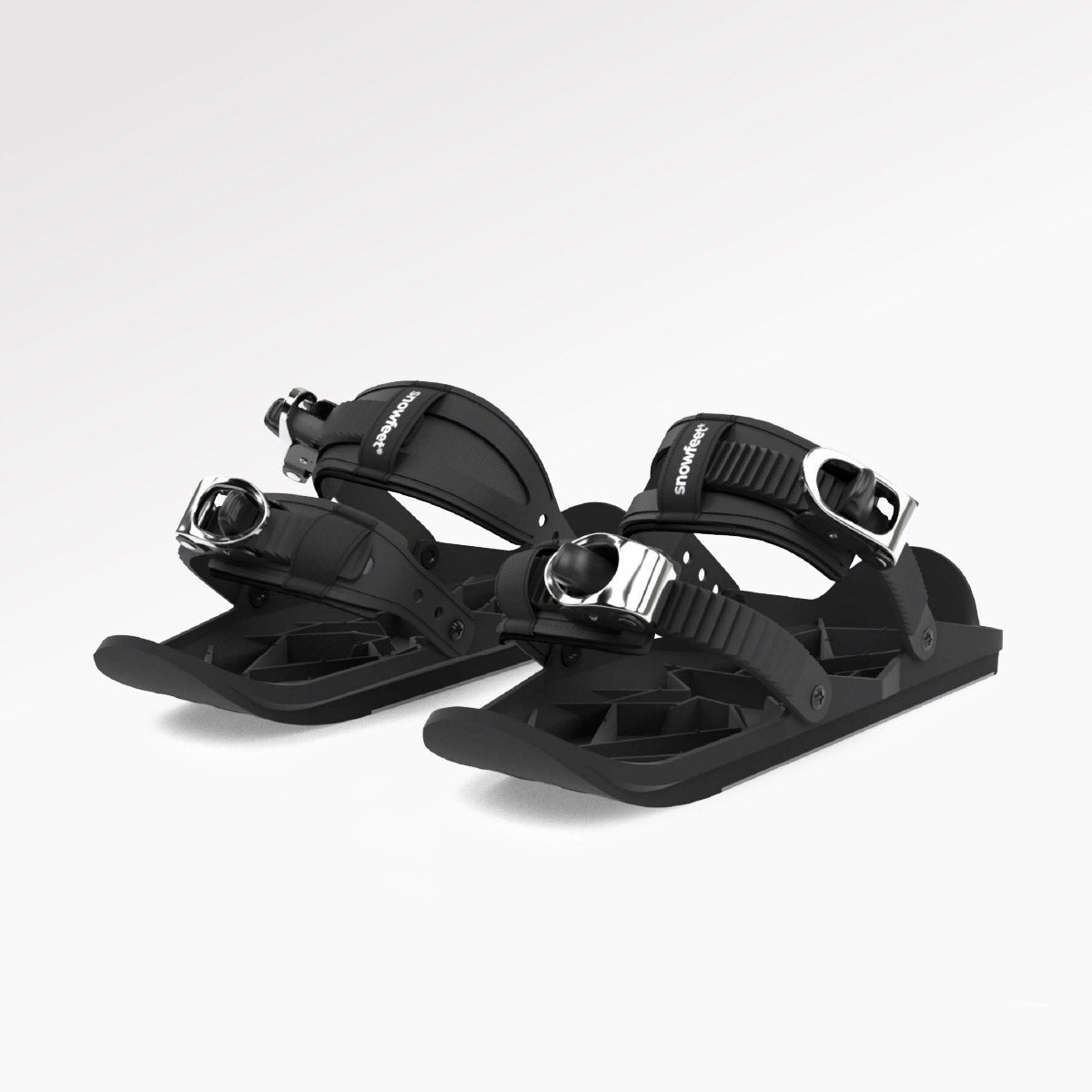
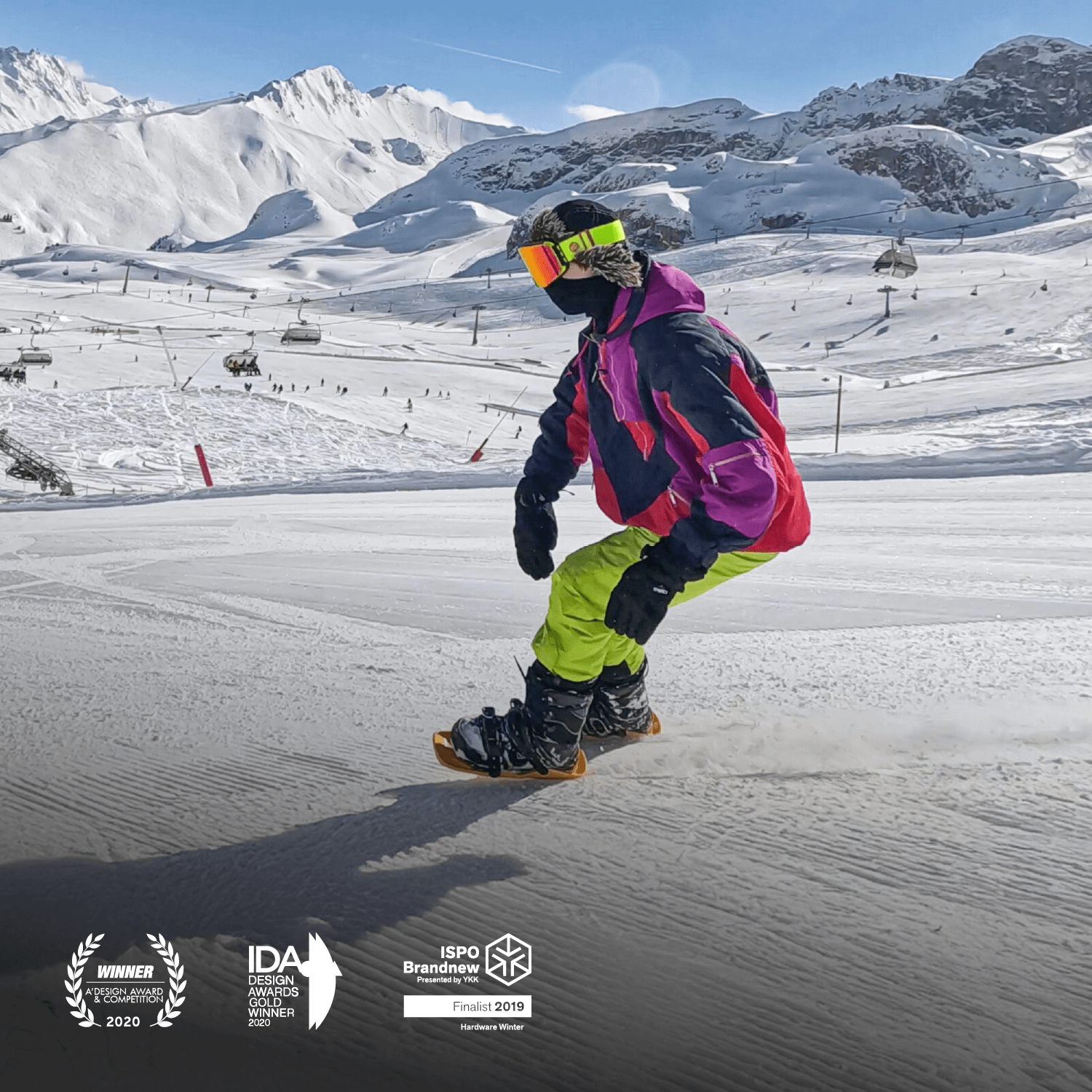
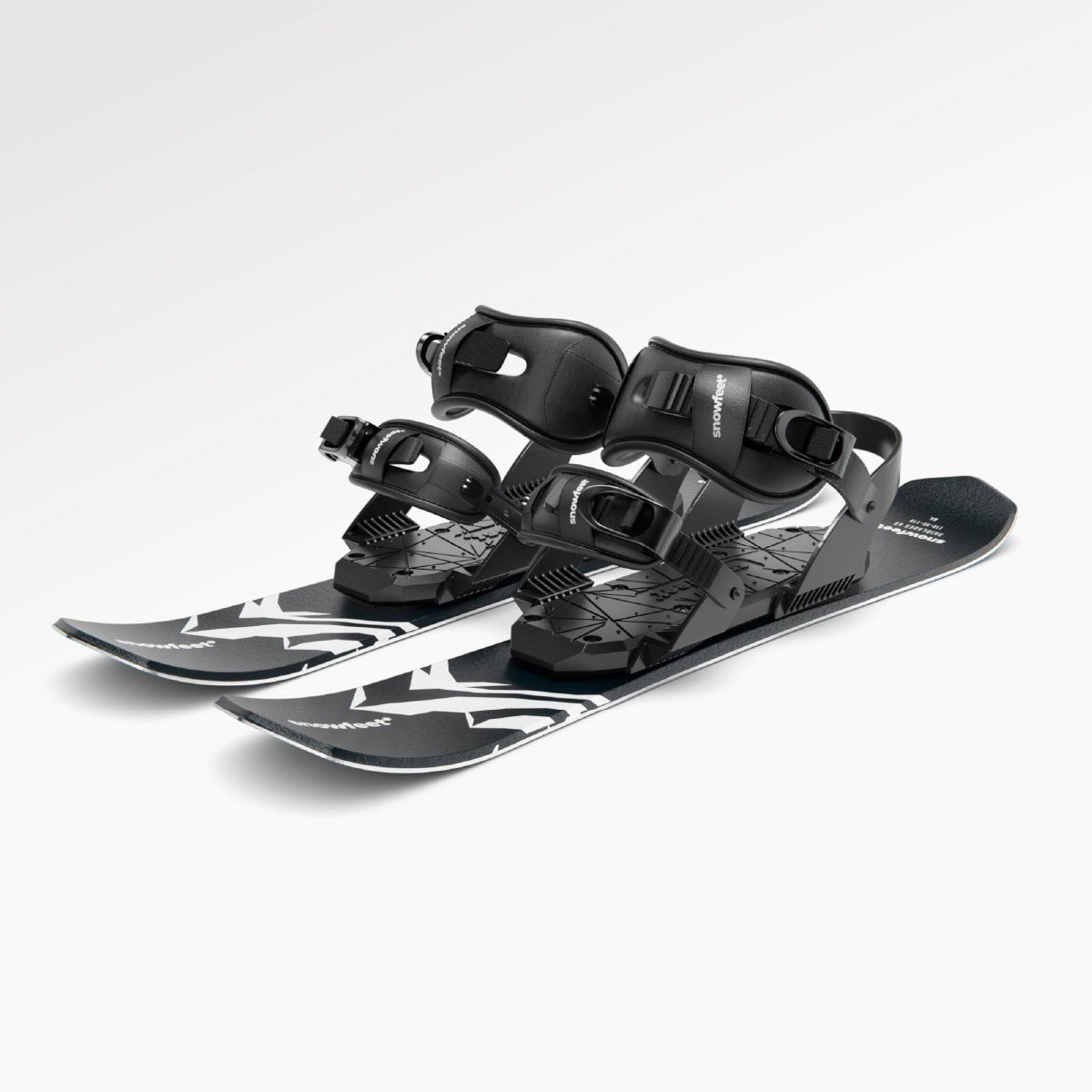

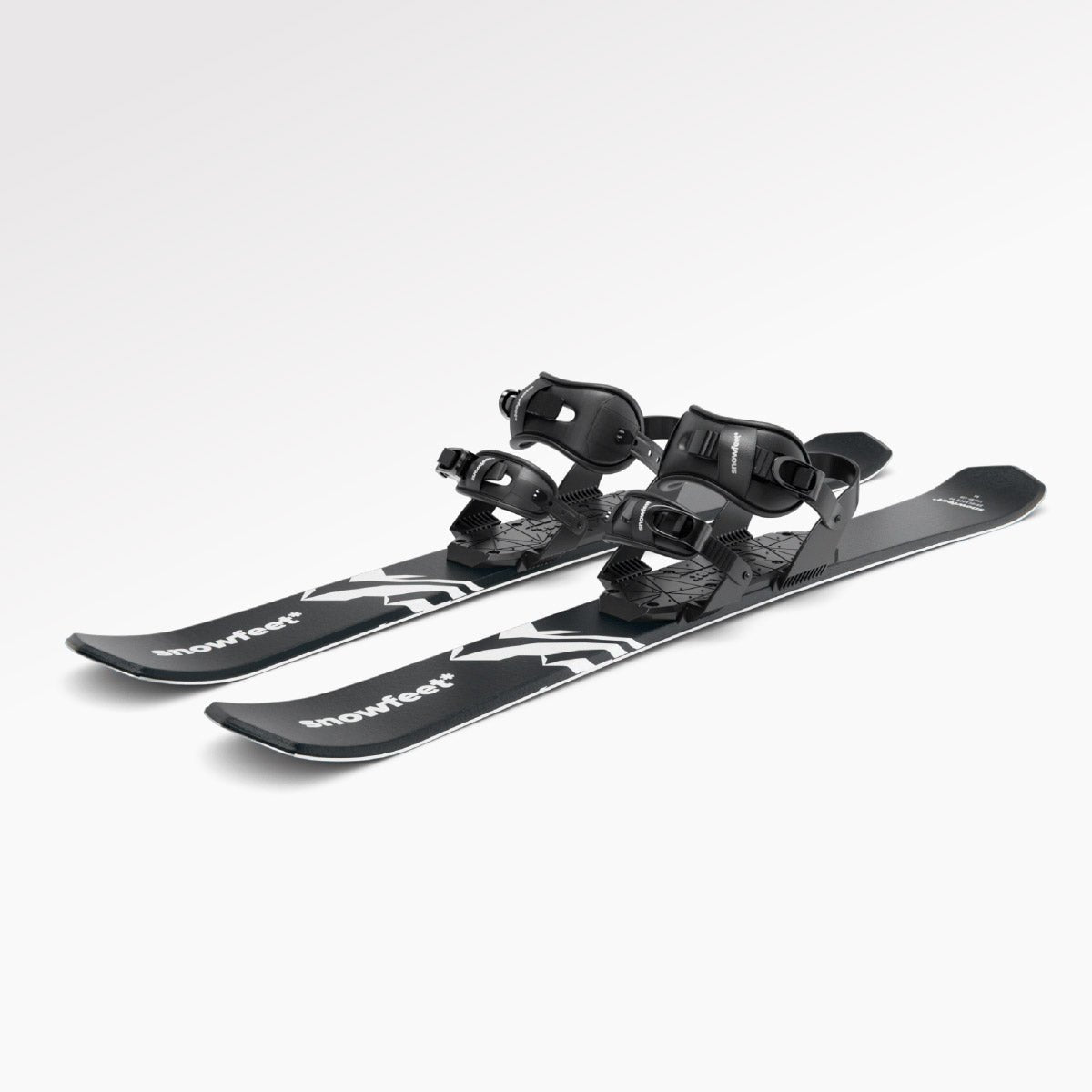

댓글 남기기
이 사이트는 hCaptcha에 의해 보호되며, hCaptcha의 개인 정보 보호 정책 과 서비스 약관 이 적용됩니다.